I am trying to run some indicators/flashers on my own made bicycle. I have attempted ready-made automotive flashers but have found the lights don't draw enough current for the 2-wire ones and get weird behaviour. With the 3-wire relays types I have been unable to get them to stay in sync when the hazards are activated (both left and right activated at the same time)
I have attempted to make a circuit of my own using components I have to hand.

simulate this circuit – Schematic created using CircuitLab
Given the above circuit do my mosfets need any inline gate resistors or pull up/down resistors?
Is there anything else in the circuit I have overlooked or won't work as intended?
To further complicate things the switches are part of a switch cluster that shares a common positive and the lights are part of a light cluster that shares a common negative meaning I cannot alter the circuit outside of the switches and lights.
Update: Thank you for all the answers. Based on them I went with a simpler solution of using a DPDT relay driven by the 555 timer:

No need to worry about driving FETs or transistors, provides a satisfying click-click and I connected the indicators to the NC-connected pins so that the indicators come on as soon as they are switched.
